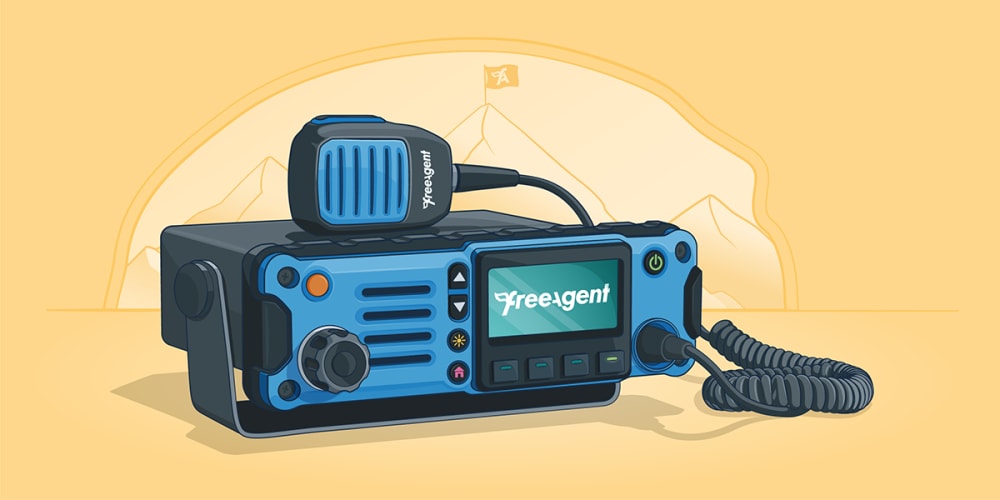How to create an MTD for ITSA communications plan

The introduction of Making Tax Digital for Income Tax Self Assessment (MTD for ITSA) will mean some significant changes to the way many of your clients store and submit their financial records. With lots of new information for your clients to absorb, you may be considering the best way to share it with them to ensure that they’re prepared for this new way of working.
A well-organised communications plan will not only make it easier for you to identify the key messages you want to share but also how best to communicate those messages with your clients so they’re left feeling confident about the next steps.
We’ve created a downloadable communications plan template to help you to guide your clients seamlessly through the transition and set them up for success.
Before you complete your communications plan template
To get the most out of your communications plan, there are a few steps you can take before you fill in the template.
Segment your clients
A good first step in creating an MTD for ITSA communications plan is to separate your clients into groups according to how the new initiative will affect them. Different clients will have different needs, which will determine the kind of information you want to share with them.
Consider your messaging
Before you complete the template, it can be useful to divide the information you want to share into various topics. This will help avoid overloading your clients with long emails that cover lots of complex information and will help you prioritise the key messages that you want to deliver. Try to tailor the level of detail to your clients’ expertise and present the information in a clear, digestible way.
How to use the communications plan template
You can use our template as a working document and update it as your needs evolve. Here’s some guidance on how to complete each section to ensure your MTD for ITSA communications are as effective as possible.
Audience
In this section you can note who you’re targeting with each specific message; it may be a particular group of clients or your whole customer base. The chosen audience may also inform the kind of language you use and the method of communication you choose.
Content
Here you can outline the information you want to cover within the communication. This doesn’t have to include every detail, but it can be helpful to use bullet points outlining the main areas that you want to touch on. We have a host of resources that you can share with your clients.
Delivery date
The timing of your communications is important, so choose times that your clients are likely to be the most receptive to your messages – an MTD email at 10pm on a Sunday may not be read as thoroughly as you might hope!
It’s also a good idea to spread communications with your clients over a suitable period of time rather than overloading them with lots of information all at once. Think about the deadlines ahead, when you need your clients to take certain actions, and build your delivery schedule accordingly.
Channel
This is the method of communication that you’re going to use. How you choose this will depend on the kind of message you are sharing and could vary from an in-person meeting to a webinar, email newsletter or social media post.
Account owner
If you’re working as part of a team in your practice, noting who’s responsible for each communication can avoid any confusion over who’s working on which task.
Status
By tracking what stage each communication is at, you can easily see if you’re on track to meet your delivery date. For example, you could use statuses such as ‘draft’, ‘scheduled’ and ‘sent’.
Notes
The ‘Notes’ section can be used to highlight any follow-up tasks, new information or feedback you get on your communications.
Click here to download your template and kick-start your MTD for ITSA communications plan.


